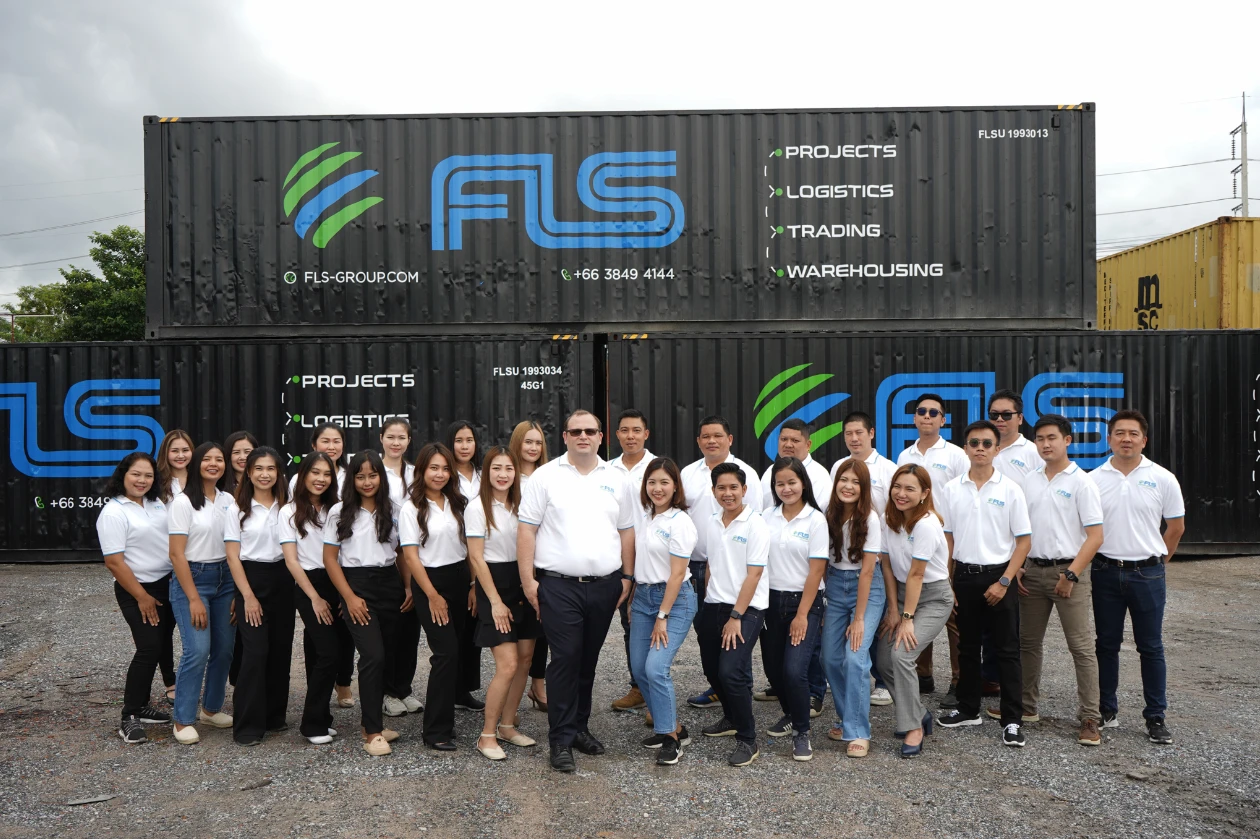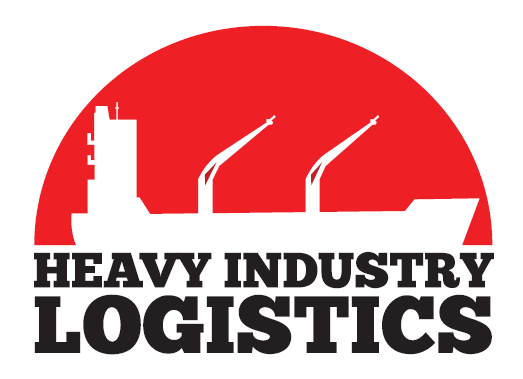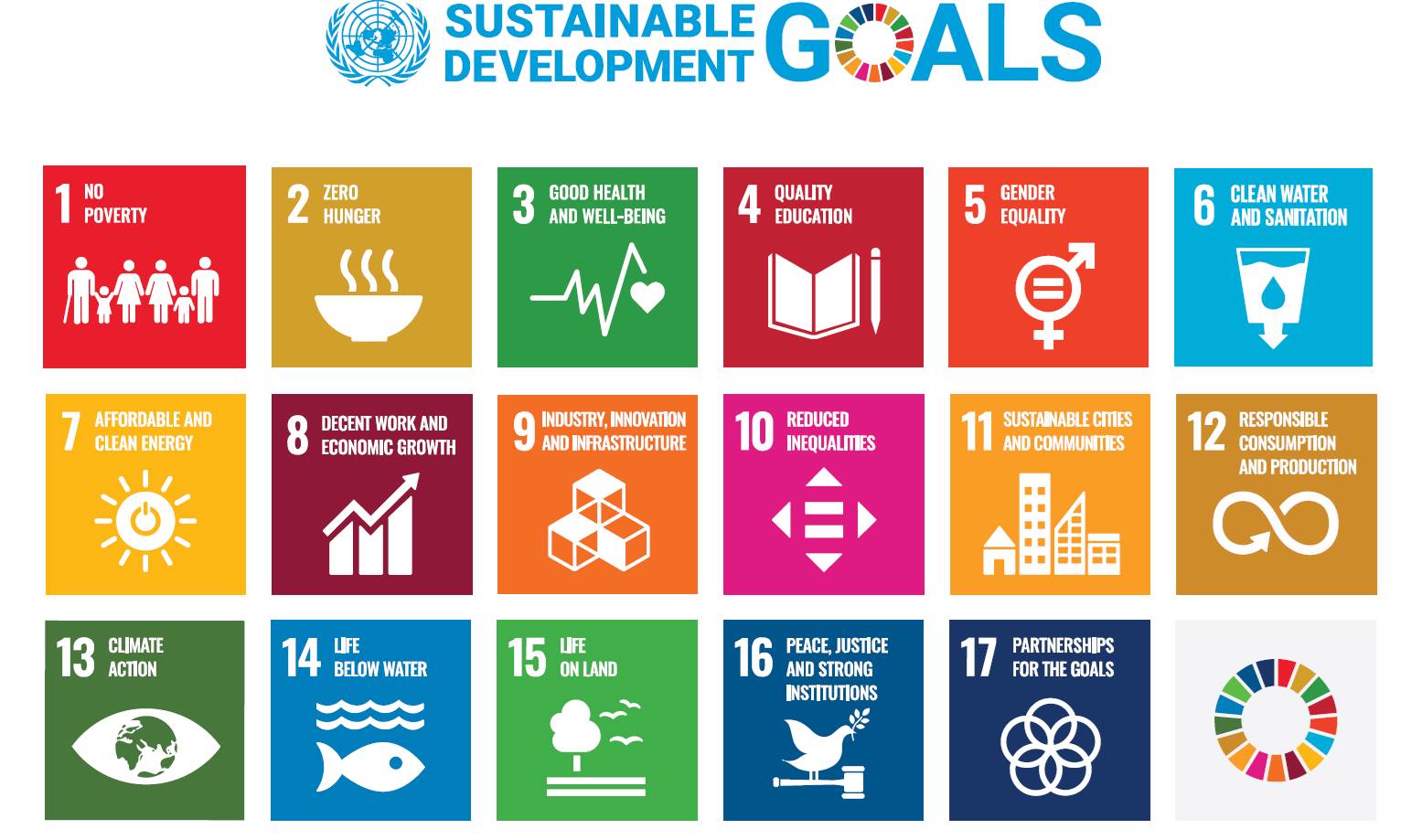Cargo flows in Southeast Asia are changing. China has long been dubbed ‘the factory of the world’, and while this may still be the case to a large extent, other nations are finding themselves home to increasing manufacturing activity.
Rising labour costs in China have been nudging manufacturers to establish other centres of production for some time already, and the trend gathered pace with the US trade war that began in 2018. The imposition of tariffs on billion of dollars’ worth of goods on both sides has diverted trade away from both countries as alternative sources of those goods were sought elsewhere, and suppliers set up shop in new locations – and the economic conflict continues under President Biden.
Also during recent years, China’s zero-tolerance Covid-19 policy has stymied manufacturing and trade, further accelerating the movement of production to other markets as companies have sought to de-risk their supply chains. Lockdowns hit major Chinese ports hard; in fact, this was recurring in early 2023 as a fresh surge of Covid cases in China left Shanghai and Shenzhen ports facing an increase in freight booking cancellations, while alternatives like Ningbo and Qingdao inevitably began to become more and more congested.
For all of these reasons, manufacturers and their customers are tending towards a supply chain model that depends less heavily on Chinese production.
“The shift out of China is going to two areas: India, and Southeast Asia –particularly Thailand and Vietnam, the latter being an easy move as it borders China,” said Marcel Kirschnick, Director – Logistics at Thailand-headquartered FLS Group.
Kirschnick and his team of trusted experts at FLS Logistics.
Vietnam, like Thailand, is big on fabrication of pre- engineered steel structures, heat recovery steam generators, diverters, dampers and gas turbine exhaust systems for the power industry. Its manufacturing-processing sector overall contributed US$44.38 billion to the country’s total export revenue in the first two months of 2023, accounting for 89.8%, and Vietnam has benefited significantly from the growing tendency to look beyond China.
FLS global head of projects Chris Schnieders pointed out that China can efficiently and cheaply produce similar products to those made in Vietnam, but over the last couple of years in particular there has been increasing FDI (foreign direct investment) in Vietnam’s fabrication yards to cater for engineering companies in the power sector.
“FLS Projects is benefiting from this: our volumes have risen dramatically,” he noted.
And that’s not all. Overall, of the $23,610,989,174 worth of goods exported from Vietnam in January 2023, exports from FDI companies accounted for $17,970,237,911.
Vietnamese consumers are flexing their muscles, too. Standard Chartered predicted that Vietnam’s GDP growth could reach 7.2% this year and 6.7% in 2024, despite headwinds such as inflation or public debt. The country’s population is young, and has now passed the 100 million mark (at the time of writing, it stood at 100,403,520 – and counting). And according to Kirschnick: “People’s buying power in Vietnam is increasing, so they’re buying imports from China and Thailand.”
Vietnam has the seventh-fastest-growing middle class in the world, boosted by its investment in more sophisticated industries that require more skilled labour, Kirschnick observed.
“Manufacturing here started out in garments, which tends to be the first industry a country will set up, but now we are seeing a push into electronics and automotives.”
For instance, the production of automobiles in Vietnam amounted to approximately 307,400 units in 2021, up from around 257,550 the previous year. Between January and November 2022, the figure was 407,100.
As regards electronics, such big names as Samsung and Intel are present, making Vietnam one of the top exporters of items like smart phones.
Textiles and garments ranked fourth among Vietnam’s top five exports by value in January 2023. It is worth noting that the production of garments and footwear has a high labour content, as does the assembly of mobile phones, making labour costs an important factor in choosing where to site factories that make such items. Vietnam, which has among the lowest labour costs in the world (alongside India and Mexico), is at an advantage in this respect.
Global demand for garments is down, however, so the increased activity in other sectors may be very well timed.
EVOLUTION
In the long term, member states of the Association of Southeast Asian Nations (ASEAN) are working towards an EU-type model with free movement of goods and people across Southeast Asia.
Indeed, the Regional Comprehensive Economic Partnership (RCEP) free trade agreement entered into force for Australia, Brunei Darussalam, Cambodia, China, Japan, Laos, New Zealand, Singapore, Thailand and Vietnam on 1 January 2022. The Republic of Korea also ratified the agreement on 1 February 2022, Malaysia on 18 March 2022 and Indonesia on 2 January 2023. The Philippines and Myanmar had yet to ratify the RCEP at the time of writing.
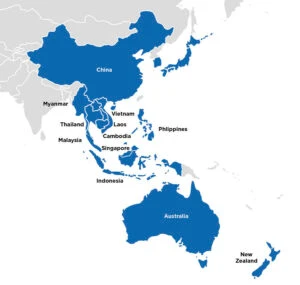
RCEP simplifies the supply chain across Asia-Pacific nations.
The aim of RCEP is “to achieve a modern, comprehensive, high-quality and mutually beneficial economic partnership agreement among the ASEAN Member States and ASEAN’s FTA [free trade agreement] Partners. RCEP will cover trade in goods, trade in services, investment, economic and technical cooperation, intellectual property, competition, dispute settlement and other issues,” according to ASEAN.
In response to the changing patterns of demand in Vietnam and the developments in the wider Southeast Asia region, FLS Vietnam (a branch of FLS Group) has quickly expanded its portfolio beyond project cargo.
FLS Vietnam began offering the company’s ‘FLS Logistics’ product on 1 February 2023, having trained its new logistics team (or General Forwarding team) in Thailand where FLS Logistics is already available and thriving.
As the company continues to build its operations and sales team in Vietnam, Kirschnick said: “We have some existing business controlled from Thailand where Vietnam is the supply base for Thai fabricators – for instance, in the motorbike manufacturing business; we are starting with that and then expanding to serve the local market in Vietnam.”
He continued: “There are automatically a lot of synergies with our business in Thailand, which is home to similar industries as those in Vietnam. While Vietnam is the supply base for Thai fabricators now, we expect to see this happening the other way around in future.”
There is also a great deal of potential for cross-border trucking to grow in the ASEAN/RCEP nations.
Currently, cargo moving within Southeast Asia is often transported by short-sea services. Why? “This is the long-established way of doing it. It’s relatively cheap and it’s simpler than crossing land borders,” Kirschnick said.
“But we’ve seen a massive increase in land border trucking over the last few years,” he went on. “We strongly believe this trend will continue both on north-south and east-west corridors – even reaching into Bangladesh and India – because as the ASEAN nations draw closer, international trade over land will be easier, just as it is in Europe.”
Therefore, FLS has a strong focus on its cross-border product. The company offers multiple trucks each day between Thailand and Myanmar and intends to expand the service.
Kirschner explained: “We want to replicate our cross-border trucking service from Vietnam into China, and from Thailand via Laos into Vietnam, linking all the way between Myanmar and Vietnam. We are doing this through partners but also with our own equipment.”
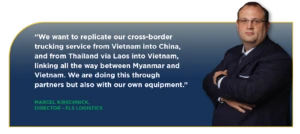
Most of the cargo on FLS’s cross-border trucks consists of consumer goods and automotive items. There is also growing demand for seafood and fresh fruits, so the company has invested in both reefer containers and the generators required to power them.
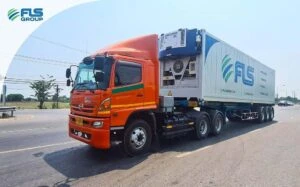
Reefer containers on FLS cross-border trucks serve the growing demand for transporting sea foods and fresh fruits.
This type of cargo moves in both directions: fruits such as durian that are grown in Thailand are exported to Vietnam, while seafood moves the other way. Vietnam exported almost $23 million worth of seafood to Thailand in January 2023. Its total seafood export value in February 2023 was estimated at about $662 million, up 4% on the same month of 2022.
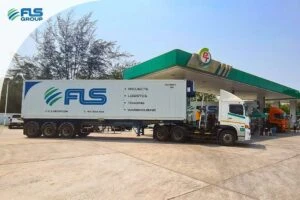
FLS’ capabilities and networks extend beyond Thailand, as their trucks are also serving the thriving market of Vietnam.
Cosmetics from Thailand are also increasingly in demand in Vietnam as disposable incomes rise, and are often transported by reefer, Kirschnick said.
Schnieders believes demand for imported goods will continue to grow for years to come in Vietnam, as the country’s middle class continues to expand and consume ever-larger quantities of high-value goods, luxury items and quality fresh produce. “We can provide end-to-end logistics, including first and last mile, to cater for that demand,” he said.
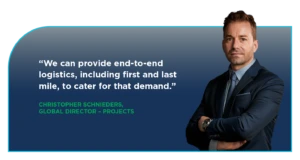
Naturally, FLS is by no means the only logistics provider watching developments in China and Southeast Asia with interest. But the relatively small company is confident that it can compete and succeed there. Its personalised approach and agility have enabled FLS to adapt quickly to evolving demands, while its willingness to invest in its own equipment – to back the ambition of its young directors – demonstrates its commitment to a market that certainly has room to grow.
Sources: https://fls-group.com/news/vietnam-gears-up-as-supply-chains-shift-fls-group

